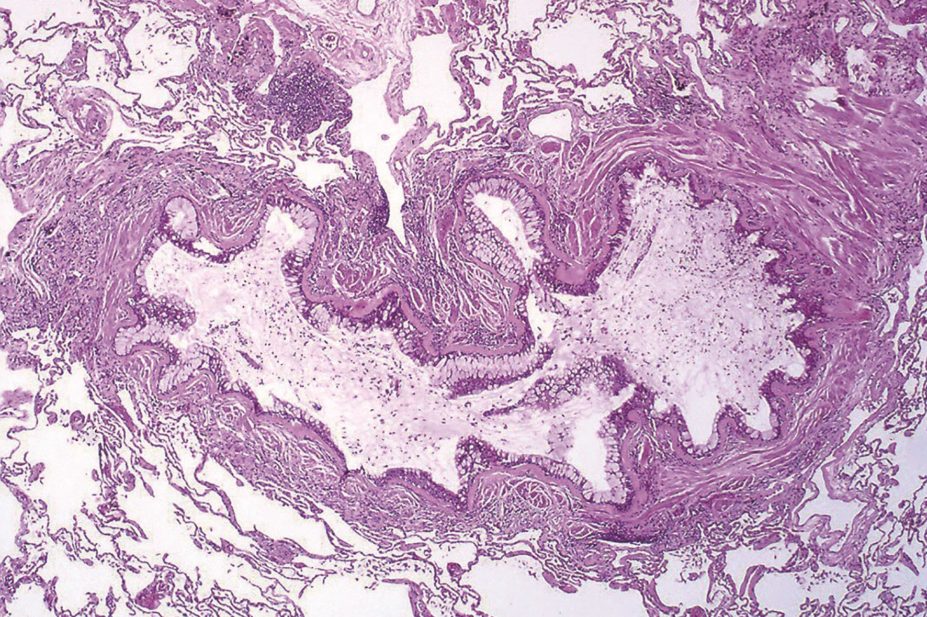
Yale Rosen / Wikimedia Commons
Patients with very poorly controlled (VPC) asthma are in a minority, but account for a large proportion of the morbidity and mortality associated with the disease.
In 2001, researchers initiated an epidemiological study, known as TENOR I, that looked at 4,756 patients with severe or difficult-to-treat asthma from the United States over a three-year period.
The team assessed 341 patients from the original study more than ten years later (TENOR II). They found that, despite standard treatment, 48% of these patients still had VPC asthma. Factors that predicted persistent VPC asthma included current or past smoking, black race and recent corticosteroid use.
The researchers, who presented their results at the American Thoracic Society International Conference on 15–18 May 2016[1]
, say that alternative treatment strategies and helping patients to quit smoking could improve the asthma control of these patients.
References
[1] Haselkorn T, Zeiger RS, Borish L et al. Prevalence and risk factors for persistent very poorly controlled (VPC) asthma after more than a decade in the TENOR II cohort. Presented at: American Thoracic Society International Conference; 15–18 May 2016; San Francisco, California.


